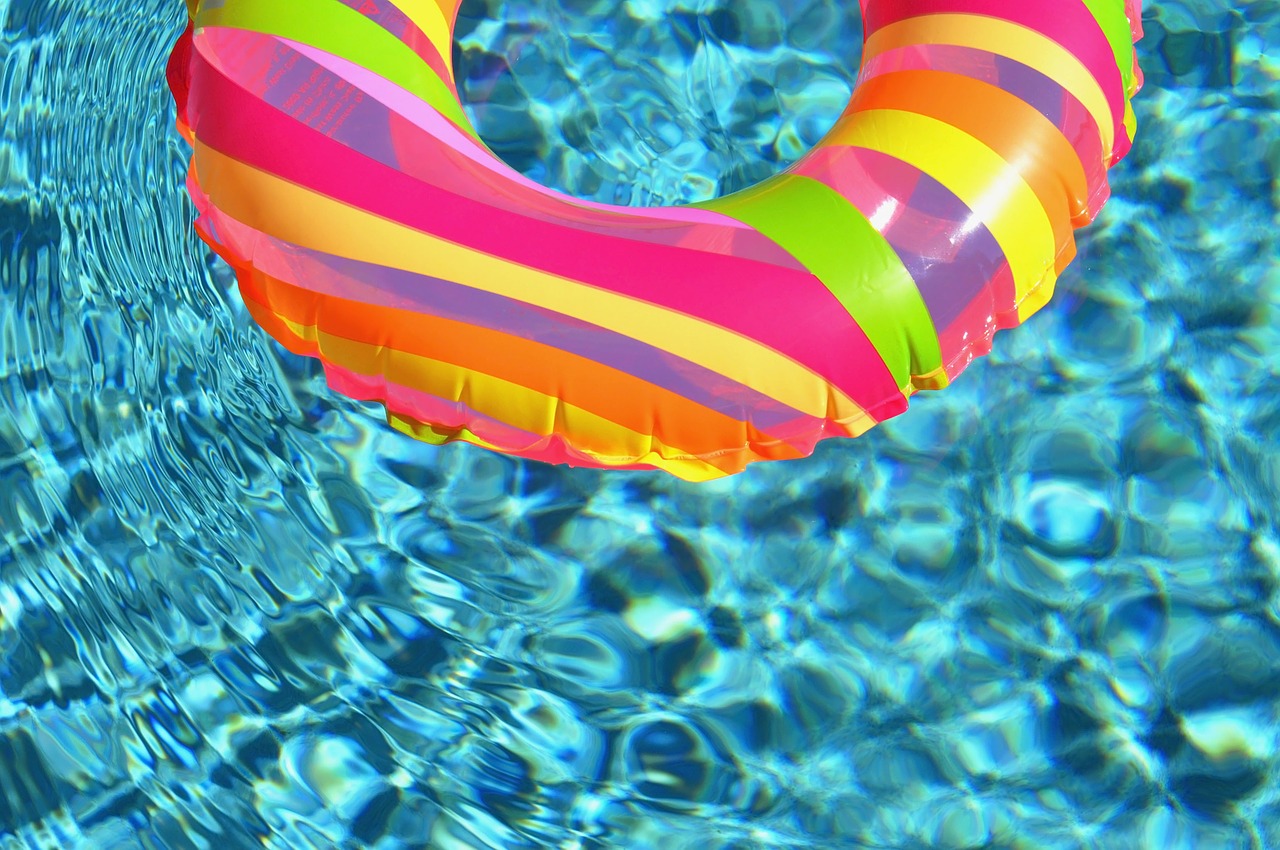
Title 22 Testing Requirements for Public Pools: It’s All About Health and Safety
By: Julie R. Balbini, Esq., Fiore Racobs & Powers, A PLC, Coachella Valley Office
Due to the climate in Riverside County, literally thousands of people flock to public pools and spas throughout the year. Environmental Health Specialists at the Riverside County Department of Environmental Health (“Department”) work to attempt to ensure that users are provided with safe and clean facilities to enjoy. This includes conducting routine inspections and investigations for over 7,400 public swimming pools, spas and water features in order to ensure safety and proper sanitation.
The Department requires pool operators to follow the requirements of California Code of Regulations, Title 22, Chapter 20, § 65523, regarding Operation Records. According to Dottie Merki, REHS, the Program Chief/PIO for the Department, “A log should be kept of daily chemistry readings as well as any maintenance done. This will help the operator detect any problems before they become a safety hazard for both the swimmers and the pool equipment.”
Ms. Merki further stated that, “If any HOA needs guidance on this requirement, it can contact our department.” The Department is happy to provide templates for the record keeping as well as instructions on what needs to be tested and recorded.
This is because testing your pool water is a key step in keeping your pool water clean, safe and sparkling blue. There are three key levels that need to be tested for all association pools:
- Chlorine Levels: Chlorine is used to kill bacteria and algae and will keep your pool water clear and clean. Chlorine is important for maintaining the overall health of the individuals in the pool/spa as well as maintaining the life of the pool/spa itself.
- Combined Chlorine Levels: Combined chlorine is the portion of chlorine in the water that has reacted and combined with ammonia, nitrogen-containing contaminants and other organics such as perspiration, urine and other swimmer waste. High combined chlorine (chloramines) results in reduced sanitizer efficacy. If you have a high combined chlorine level, take remedial action to reduce combined chlorine such as super chlorination (shock treatment). Other signs of combined chlorine includes sharp chlorine-like odor and eye irritation.
- pH Levels: The pH of your pool water should always be between 7.2 and 7.8. If it is lower or higher, the chlorine in your water won’t work properly. The right pH is also important to your comfort in the water. The eye irritation that most people blame on chlorine is really caused by the wrong pH balance. Low pH also causes etching of the plaster and corrosion of the metal portions of the recirculation system, and high pH can turn pool water cloudy.
There are different ways to chlorinate a pool/spa. Some offer a built-in stabilizer (e.g., cyanuric acid, which is present in many granulated chlorine produces) and more convenience, but all adequately keep your pool water sanitary. If you use cyanuric acid, you must test the level of cyanuric acid in the water at least once a month, and it should never exceed 100 PPM. If it does, the pool must be partially drained and refilled to lower the levels, because excessive levels can interfere with the effectiveness of the chlorine.
The Department recommends and uses the DPD Test Kits, though properly calibrated electronic testing devices are also permitted under the regulations. You also need to remember to replace your test chemicals at the beginning of each season to ensure proper functioning of the test kits.
For associations that have at least 25 separate interests, the testing of chlorine, combined chlorine and pH levels must be done at least once per day. If the pool is heated, the pool operator also needs to test the temperature at least once per day. The pool operator must maintain written daily records of all test results and any corrective action taken at the public pool site. If using an electronic testing system, equipment readings and calibrations must also be kept with the other written daily records.
Pursuant to Health and Safety Code § 116048, for any associations that have fewer than 25 separate interests, the above-described testing and record keeping must be done “at least two times per week at intervals of no greater than four days apart.”
While such frequent testing may seem onerous, I have it on good authority from at least one manager who has been following this requirement for well over two years that it is really not a big deal at all. According to Rebecca Day of Personalized Property Management, the association for which she is manager accomplishes the task with no problems by having both the Pool Supervisor and the Maintenance Supervisor share the task.
I have one final note of caution for associations who have been led to believe that the requirements of § 65523 are not currently being enforced by the Department. According to Ms. Day, her association has been inspected twice since the regulation was enacted. While there may be more associations that need to be inspected than the Department has inspectors to do the work, the Department is conducting inspections, and you may never know when your association may be inspected and required to hand over two years’ worth of records for review.
Regardless of whether or not your association ever gets inspected, however, it is just good practice to follow the requirements of § 65523. Those requirements are designed to ensure that your pools remain clean and clear for the health and safety of your members.
Julie R. Balbini is a Senior Associate Attorney at Fiore, Racobs & Powers, APLC, where she practices business and real estate litigation, and provides representation to common interest developments. She can be reached at jbalbini@fiorelaw.com.
